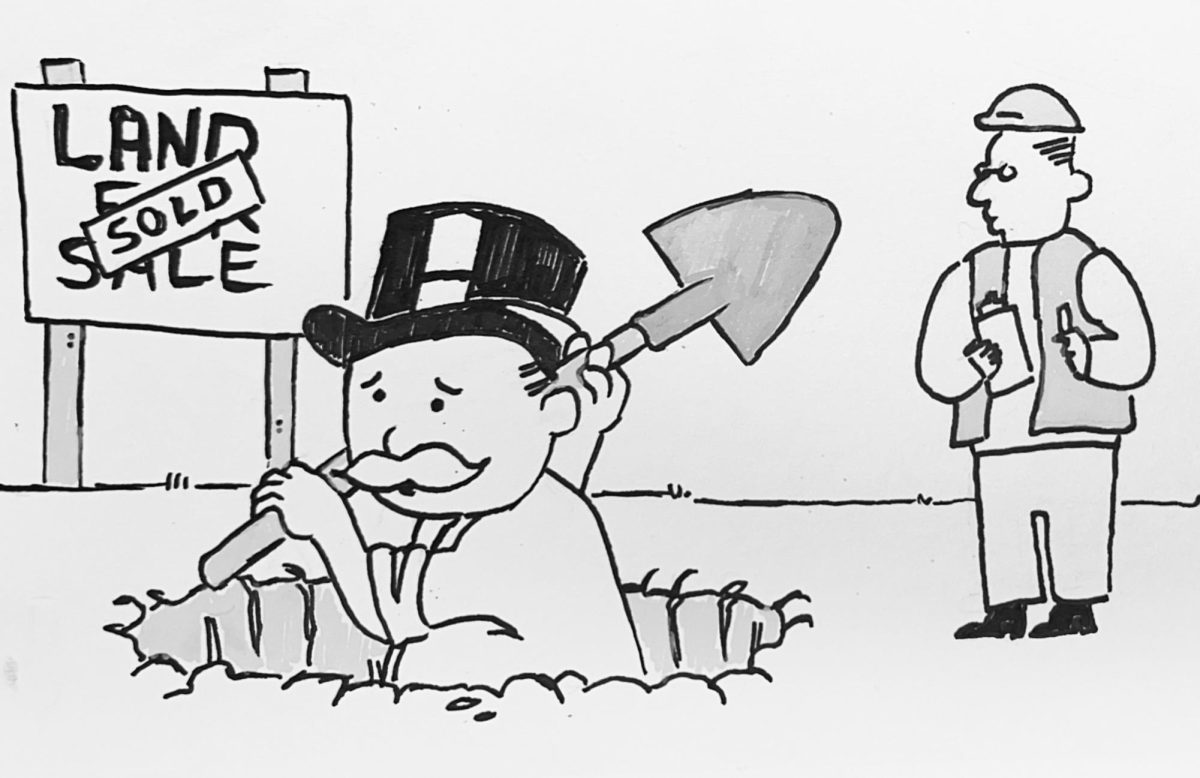This column was contributed by Don Snow, senior lecturer of environmental humanities/general studies.
March 19, 2012, around 8:00 p.m. on a cold, blustery night, a string of livestock trailers opened their doors to disgorge 63 American bison onto the Fort Peck Indian Reservation in northeast Montana. Tribal members, along with a motley crew of wildlife biologists, representatives from the National Wildlife Federation, and the governor of Montana were there to greet the animals, who had survived a grueling 500-mile road trip from Yellowstone National Park.
Within a day or two, the NBC Nightly News, the Wall Street Journal, Fox News, and a host of other media heavies jetted into this remote corner of Montana to cover the event. Why such a big deal over a few dozen buffalo?
That question could be answered in a number of ways––in fact, one could write a lengthy book about it––but I’ll try to sum it up in two words: genetic purity.
The five dozen bison transported across Montana are reported to be among the only purely wild bison left in the United States. The accidental blessing of isolation in the Yellowstone ecoregion during the decades of wanton commercial slaughter, which reduced herds from 30 million to a few hundred, left these animals as the final descendants of the vast aboriginal herds. The sheer isolation of Yellowstone Park, not the will or work of any dedicated federal wildlife agency, somehow kept this one remnant herd of buffalo immune from the importation of cattle genes.
They are pure, wild bison, and native people have long awaited their return to the Great Plains. However, the March transplantation did not occur without storms of conflict and controversy.
It may seem like a harmless thing––indeed a boon––to move wild bison from forest to plains, from national park to Indian reservation. Wildlife conservation groups have long decried the Park policy of allowing the slaughter of any buffalo who wander beyond Yellowstone boundaries. The animals transplanted to the reservation will not be killed but coveted, becoming the seed stock for future generations of bison as the Assiniboine-Dakota people of Fort Peck seek to reestablish thriving herds on the Plains.
The restoration of non-predatory wildlife has been the greatest success story of the American conservation movement. From a few hundred elk remaining after settlement, over-hunting and land development depleted their range, elk numbers in Montana have risen to nearly 200,000 today. Bighorn sheep are back on their original range. Pronghorn antelope were rescued from the brink of disaster across Wyoming, Colorado and Montana. Modern society has thrived amid these recoveries, which have been largely without controversy.
But not bison. The instant a sympathetic Montana governor seals a deal with an Indian tribe to rescue bison from their accidental incarceration in a national park, the cow pies hit the fan. The day after the relocation, a Montana state judge issued an injunction against the removal of any more animals––to Fort Peck or anywhere else. At present, amid a storm of lawsuits filed by various livestock and property rights groups, the injunction stands, and Yellowstone bison, which have been specifically quarantined to prove their disease-free status, have to await the slow machinations of American counts before any more can be relocated.
Now why is that?
It is their very wildness––the rich purity of it––which puts many in the ranching community on edge. Perhaps more importantly, the rhetoric of wildness, especially in the wake of wolf reintroduction, raises fears that buffalo will become the next environmentalist icon, a juggernaut that will race out of control across the western prairies, erasing boundaries and property claims in an orgy of “ecological restoration.”
Here is what ranchers Rose and Sierra Stoneberg told NBC Nightly News: “What we oppose is the bison being called wild so that they can go out and take over the ranges. If there’s no population control, ultimately they will take over everything.”
Not to pick on the Stonebergs, but I wonder what lies at the root of these fears. Fort Peck wildlife managers have no interest in allowing the buffalo to leave the reservation and repopulate the Plains willy-nilly. The recently delivered animals are carefully contained within a vast fenced compound. But with wolf recovery racing ahead amid no real traces of “confinement,” bison relocation may feel like déjà vu to a cattle industry which already feels embattled by the realization of someone’s ecological dreams.
What do ranchers really have to fear from wild buffalo? How secure is the grip of livestock agriculture in the West? What does it mean to non-Indian society when a Dakota leader from Fort Peck announces that eventually he wants to see bison restored to the center of his tribe’s cultural life: the Sun Dance, the Sweat Lodge, the powwow? What, after all, is really being threatened here?








